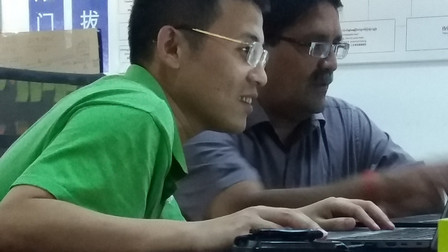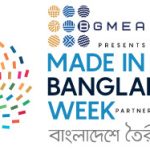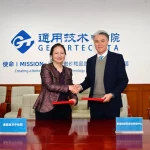Garment manufacturing involves various operations carried out by different operators at different stations. If not executed efficiently, these operations may jeopardize productivity, cause economic loss, and ultimately damage workplace relations: ILO News
In an ever competitive global industry, Myanmar apparel manufacturers must continuously improve production and the quality of their garments in order to survive in this global market.
Garment manufacturing involves various operations carried out by different operators at different stations. All these activities must be performed in a synchronized, planned and timely manner to meet the demands of brands and retailers.
Industry imperatives too often put disproportionate pressure on clothing line production workers who are asked to produce more, better and in less time. Dysfunctional line operations may result in low quality garments or in delayed shipping which may get rejected by the final buyer, causing economic loss and instability for various actors of the supply chain.
Improved productivity and optimized operations benefit not only the factory owners who will see their profitability improved, but may also trigger better terms of employment for workers when sound industrial relations systems, including collective bargaining, are put in place.
The ILO Garment Industry Project (ILO-GIP) has put in place a number of training programmes for Myanmar apparel manufacturers, ranging from sexual and reproductive health to social dialogue, occupational health and safety and productivity.

In cooperation with the Kaizen Institute which supports companies of all sizes in all market segments, between November and December 2018, the ILO-GIP project has selected 10 Myanmar garment factories to conduct a 3-day assessment aimed at improving productivity and efficiency. From these assessments, individualized improvement plans for each selected factory will be developed and implemented by the ILO-GIP and the Kaizen Institute in the following months.
As part of the training, consultants from the Kaizen Institute, in consultation with the factory management, will select a production line in each factory and work closely with factory managers, production engineers, supervisors, line leaders & workers to assess their current modus operandi. Once the gaps in efficiency are identified, an action plan will be put in place and a revised production plan will be piloted in the assessed production line to see the benefits of an improved work flow.
As a result of these assessments, recommendations will be made on how to optimize operations, improve the know-how of all workers and ultimately boost productivity.
The individual proposed action plan will be presented to the Workplace Coordinating Committees (WCCs) of each participating factory where representatives of the management and workers can discuss its implementation and implications on the workers ’terms of employment.
“Increasing productivity and efficiency of workplaces, while involving both managers and workers, is an essential input into social dialogue and collective bargaining. With this initiative, we hope to create a good example of how every one gains from jointly identifying areas of improvements in the workplace” says Catherine Vaillancourt-Laflamme, chief technical advisor for the ILO-GIP.





